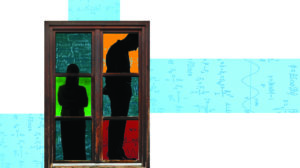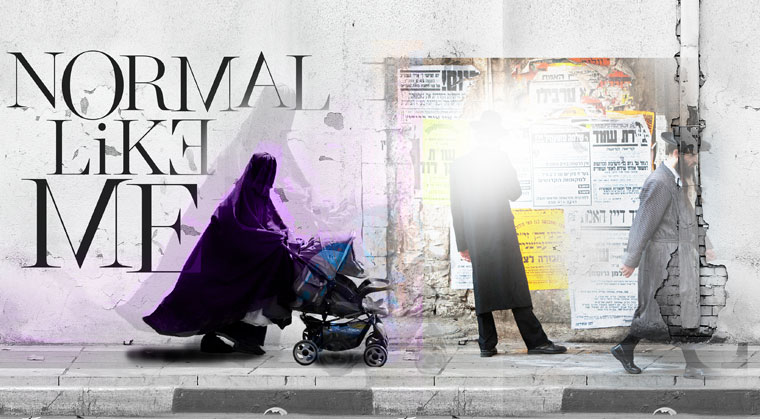Normal Like Me: The Backstory


For more than a year, Mishpacha readers have followed the gripping saga of a motley crew of broken people wanting nothing more than to belong: Sara’le the shawl lady-turned- skeptic, Itzik the embittered social misfit, and Joe and Bernadine, the Papuan siblings conflicted by the opportunities they’ve been afforded by Western civilization.
With the closing of the serial, Ruti Kepler takes us behind the scenes and shares an inside view of the crafting of and reception to her unique plot and characters.
How did you get your inside information on the Shawl Ladies? Can they really be defined as a cult?
Four years ago, a “Shawl Lady” was shot by police at the entrance to the Kosel, because she panicked and tried to run away when they stopped her for a search. When I read about the incident, I smirked a bit and had this fleeting thought that she got what she deserved for her stupidity. It was subtle, but it was there. And it bothered me. Why did I feel that way?
Then the editor of the Hebrew-language Mishpacha asked me if I’d like to write an article, or a series of articles, about the phenomenon of the Shawl Ladies. I knew I didn’t want to write anything in the nature of an investigative report, trying to uncover the “motivations behind this disturbing trend.” But I had a different idea: I asked for a full-length serial. I wanted to elicit a different response than the knee-jerk “she deserved it.” After all, a gunshot wound isn’t something to be callous about.
So I decided that my fictional Shawl Lady wouldn’t get shot until the middle of the story, after the readers had come to know and love her. Whatever the issues with the group’s philosophy — and I don’t deny those issues — I wanted people to feel for her as a broken individual, not to smirk as I did. I wanted the bullet that scorched her skin and crushed her bones to be painful for the readers, too. That was how it all began.
First I read the leaflets that some of the Shawl Lady groups were distributing. I looked closely at them in the street, and listened to them talking among themselves. Then it was time to take the big step and do a mental switch — to see them as human beings, as individuals, as Sarah, Rivkah, and Leah, not just as “Shawl Ladies” or a “cult.” Only after I changed my perception of them could I get in closer. Together with a good friend, I started going up to women in shawls and asking if I could speak with them. To be honest, my friend asked — I didn’t have the courage. One of them agreed to talk with us, and even brought us into her home.
I want to make it clear that in no way is the story meant to represent the incident at the Kosel. I never spoke with the woman who was shot or with her family. Sara’le is a totally fictional character, developed after conversations with other Shawl Ladies, and with their families. The story is also not meant to excuse or dismiss the truly problematic and at times abusive behavior of some leaders or members.
Certainly, the Shawl Ladies can’t all be lumped together as a cult. There are many different groups who wear the shal, and some women who made that choice on their own, without belonging to a group. They aren’t united under a single leadership. In fact, that is a serious issue — they don’t seem to have any official united rabbinic authority willing to take responsibility for their actions.
Did you get backlash from friends, relatives, and neighbors that you were normalizing something extreme and outside of the consensus?
Yes, I got some negative feedback here and there. Especially at the beginning, before the readers started to connect with Sara’le and get to like her. A friend of mine was all up in arms when she heard I was going to write a story about Shawl Ladies. “Don’t you dare!” she wrote to me. “Don’t you dare make us connect with them or like them!”
Oops! We could not locate your form.








